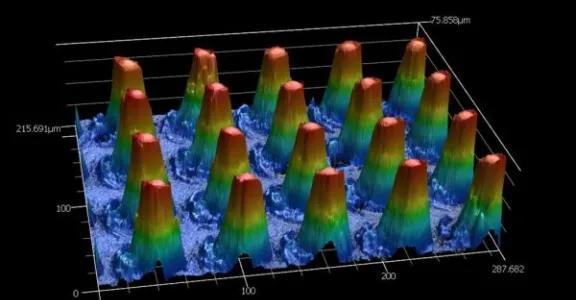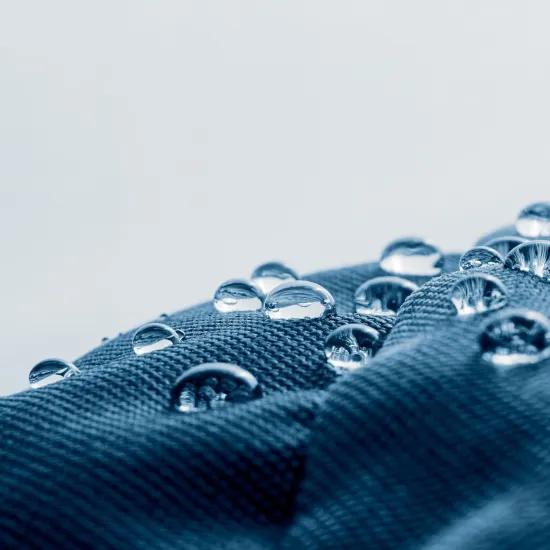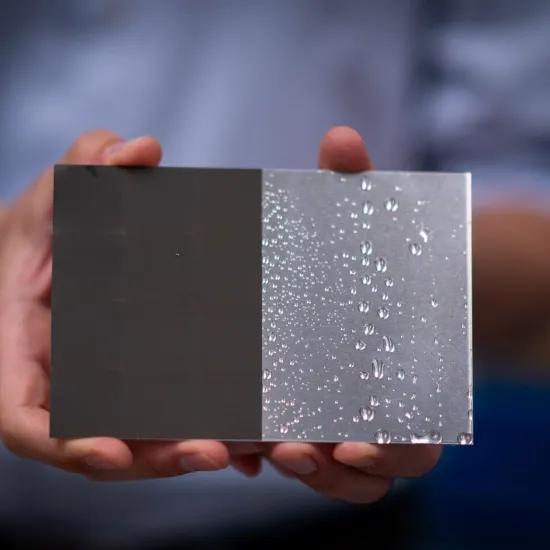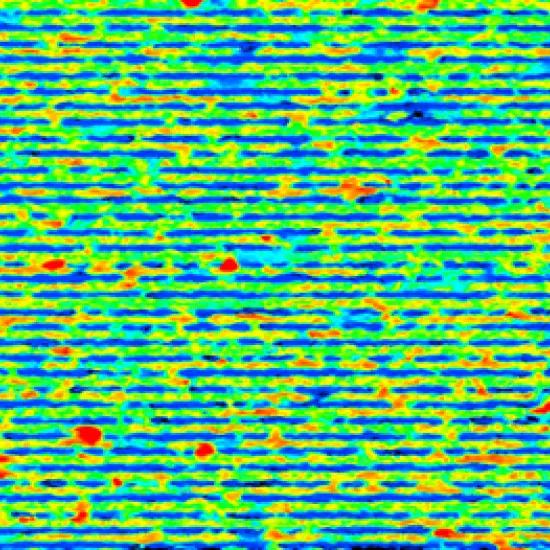Functional surfaces add value to products, making them more competitive. These surfaces can be achieved with coatings, by applying structures or by a combination of both techniques. There are a huge amount of options. Sirris shows you this potential in a new e-book that is now ready for you to download.
Our Belgian manufacturing companies are experiencing increasing pressure from competing low-wage countries and more stringent customer requirements. These trends compel companies to look for new ways to capitalise on their activities and to use smarter, digital and interconnected production processes. Finally, it is also very important to make products that have high added value and, thus making them more attractive on the international market.
Many products derive a large part of their functional properties from how their surfaces interact with the surroundings. The material a component is made of has only a limited capacity to create this type of surface functionality, and the choice of material is often dominated by the mechanical requirements of the piece. Moreover, different sectors have different needs and each have their own typical expectations of products. For example, an antibacterial effect is typical for medical instruments, while objects used in cold climates can benefit from an ice protection surface.
The value of a product can be maximised by giving it the required surface functionality. There are two commonly used options: applying another material in a thin layer on the surface (coating) and structuring the surface (texturing).
A surface for each necessity
To inform and inspire you Sirris composed an e-book containing practical examples of functionalities and functional surfaces that provide added value. The examples consider typical needs that exist in different markets and sectors, including: healthcare, consumer goods, climate .... This is a first step to start working with these technologies on your own products and raise them to a higher level.





